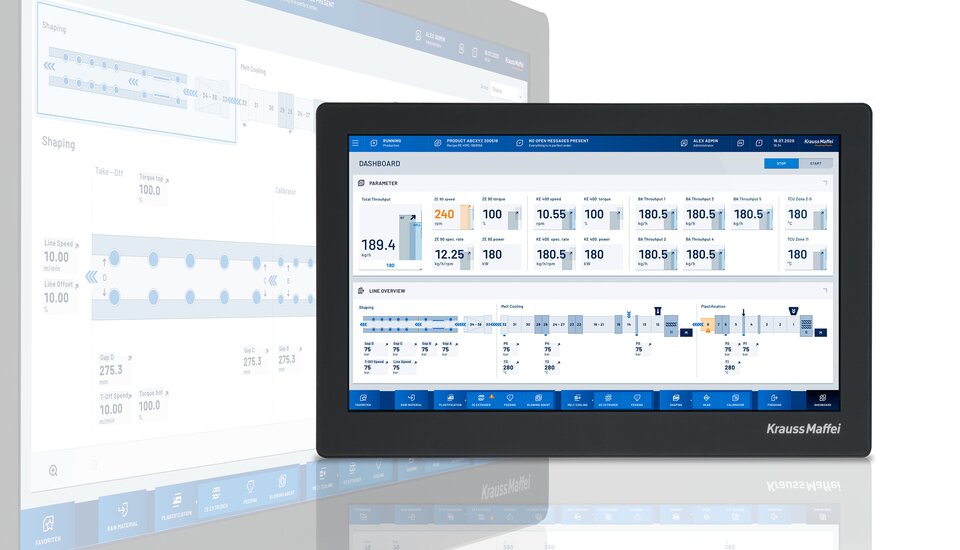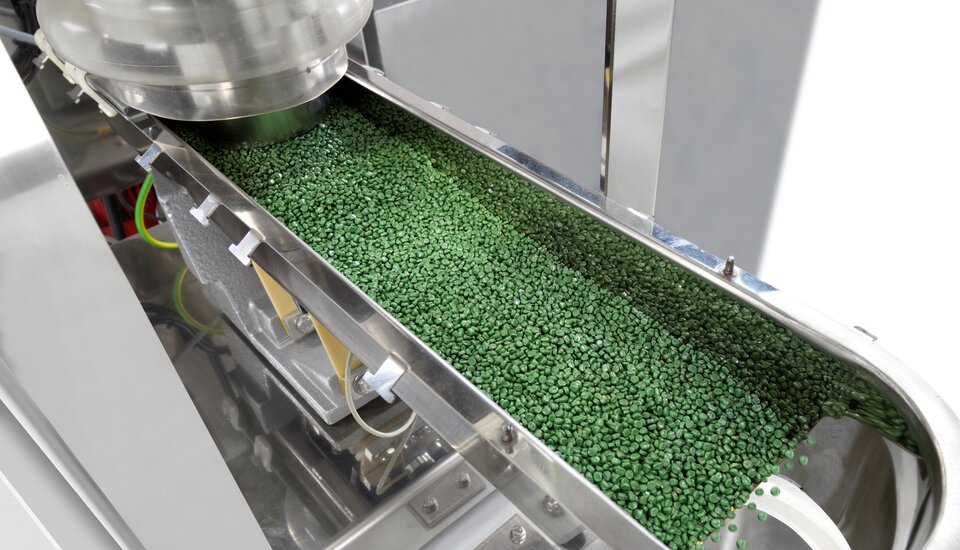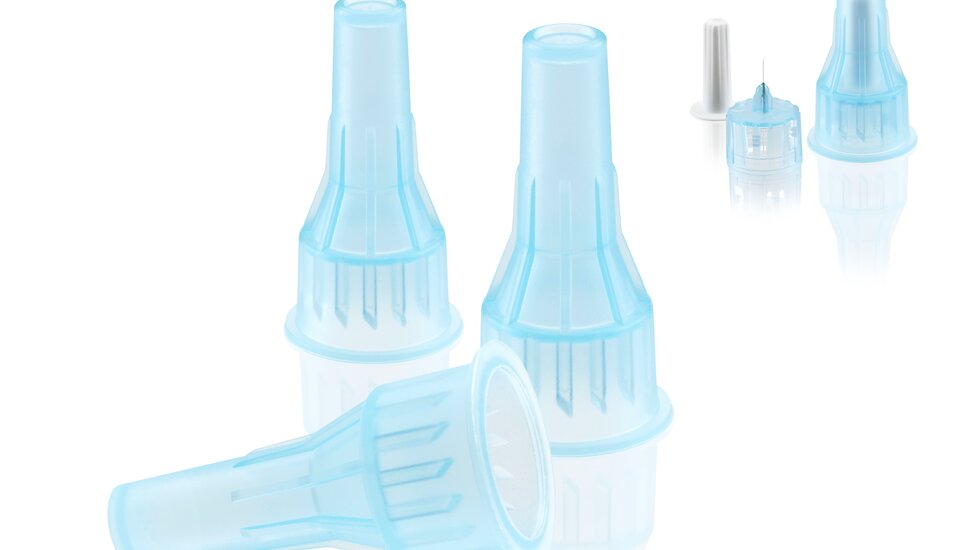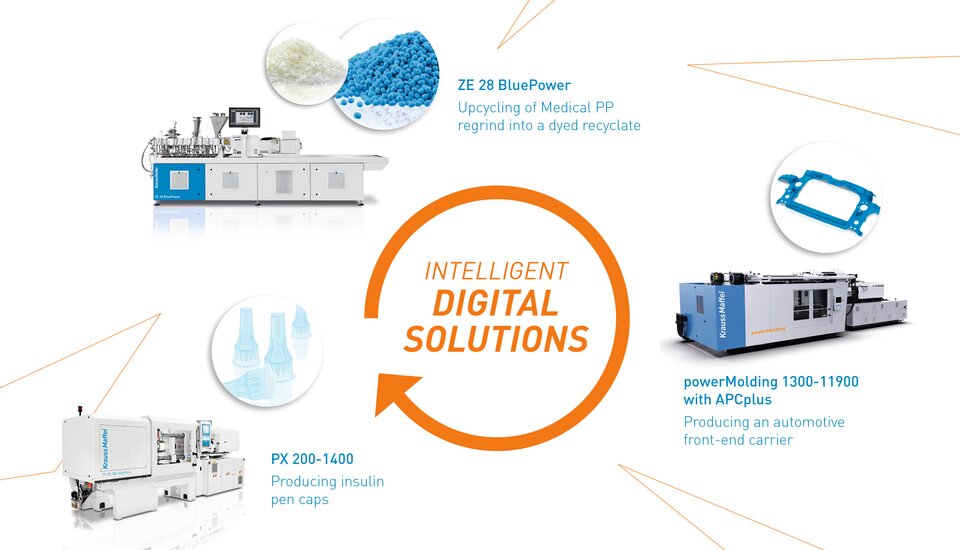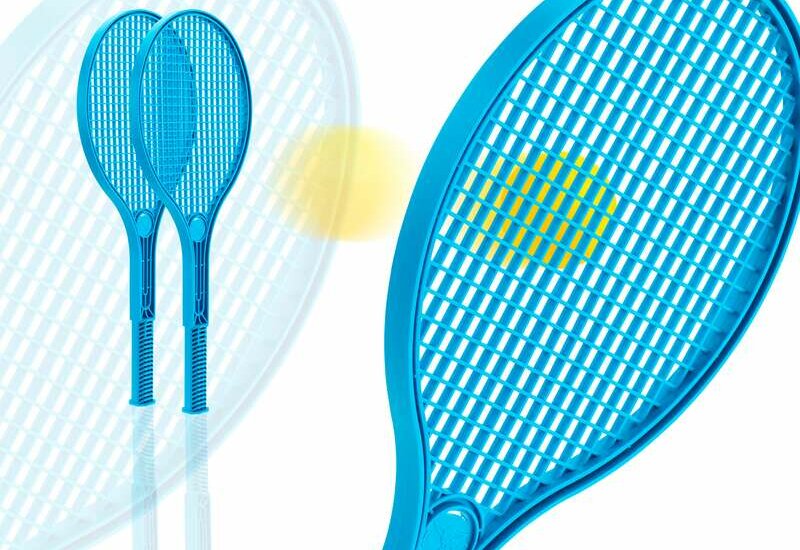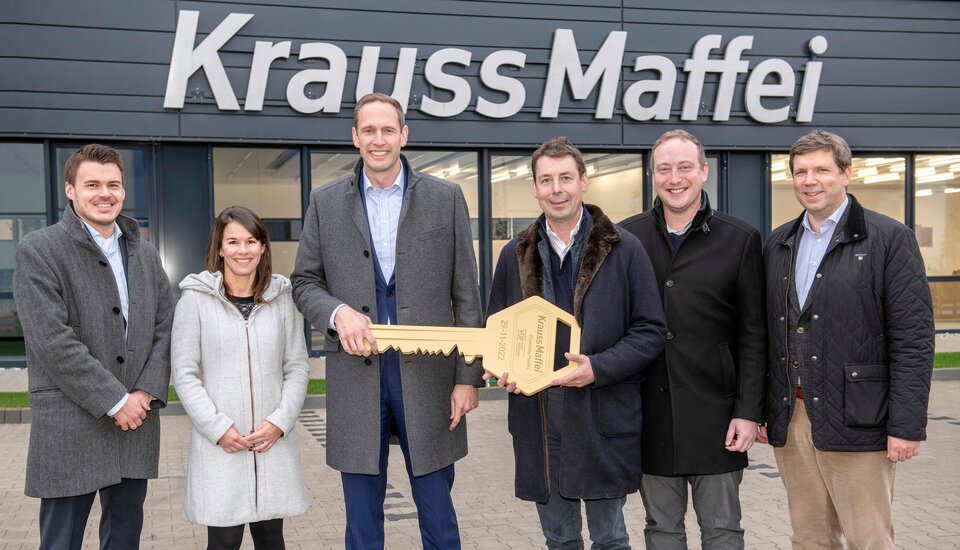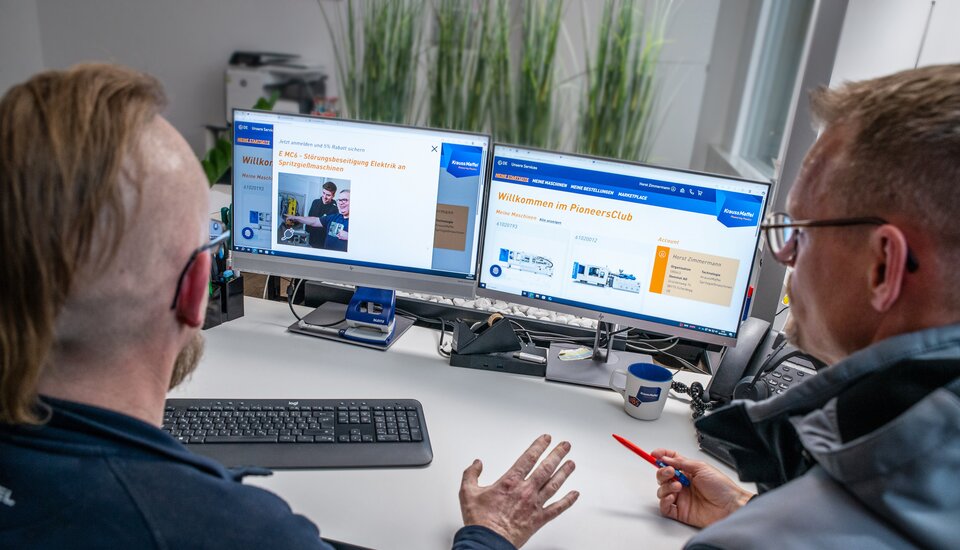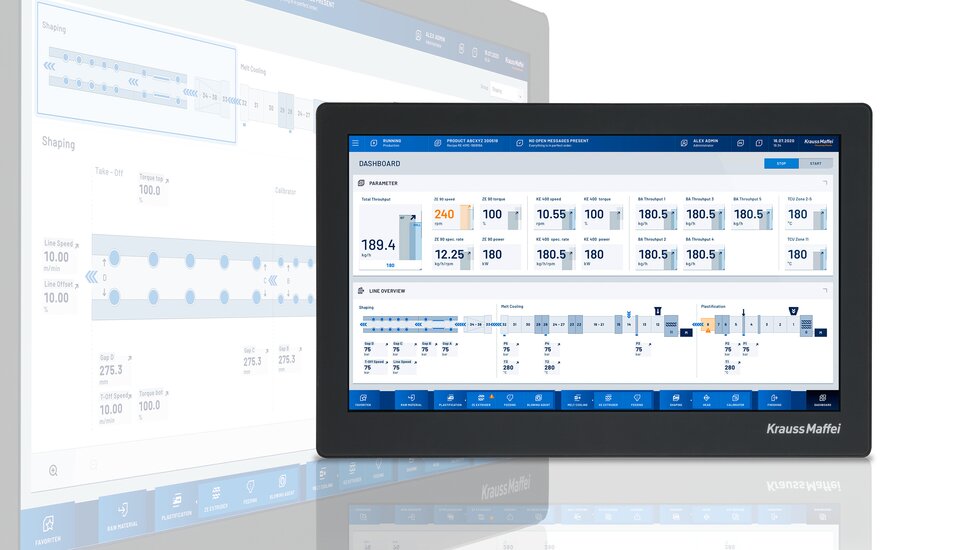
Sustainability
"Thermoplastic composites are speeding ahead in terms of sustainability"
| Petra Rehmet
Expert interview with Michael Fuchs
Short cycle times and good recyclability – thermoplastic composites are increasingly in demand as highly resistant lightweight construction materials in many industries, particularly the automotive industry. In this expert interview, Michael Fuchs, Global Application Owner Surface & Lightweight at KraussMaffei, talked to us about current trends and new solutions in injection molding of this versatile material.
ahead
It is common knowledge that becoming ready for large-scale production—as it is required by the automotive industry in particular—is the greatest challenge in manufacturing fiber-reinforced plastics. Thermoplastic composites are a variant that makes a great deal of sense here. What solutions does KraussMaffei offer here?
Michael Fuchs
Thermoplastic composites have a polymer structure that is compatible with the injection molding process, making short cycle times possible. This is a critical advantage compared to thermoset composites, for example. In the FiberForm process developed by KraussMaffei, we go one step further and combine the thermoforming of organo sheets and injection molding into one process. This combination, in turn, ensures shorter cycle times and thus high cost-efficiency. Ideal for large-scale production.

Michael Fuchs
Global Application Owner Surface & Lightweight
ahead
What is the advantage of using organo sheets?
Michael Fuchs
The use of the organo sheet increases the rigidity and strength of the component. This enables the reinforcement ribs and the component itself to be designed with thinner walls. This, in turn, ensures a weight reduction. The result is fiber-reinforced plastic components that are lightweight but still feature high strength. This makes them a logical alternative to conventional materials such as steel or aluminum.

The FiberForm process
combines organo sheet thermoforming and injection molding into a single process. The result is fiber-reinforced plastic components that are particularly lightweight but still feature high strength.
ahead
How do you feel the current market for injection-molded thermoplastic composites is developing?
Michael Fuchs
Now that the COVID-19 crisis is ending, we are now seeing increasing demand for FiberForm applications, particularly from the automotive industry. Of course, we are happy about this. At the same time, our customers expect technologies and solutions that make it possible to produce thermoplastic composites efficiently in terms of both materials and resources.
ahead
Sustainability is becoming a topic of increasing importance for thermoplastic composites as well. What potential do you see for injection molding here?
Michael Fuchs
Of course, sustainable production and the idea of a circular economy are a megatrend. For manufacturing thermoplastic composites, this means using as few resources as possible and as little energy as possible in order to produce durable, sustainable products with a low carbon footprint. This is the great challenge for us all.
In combination with our BluePower technology, the FiberForm process offers great potential for saving energy. The BluePower servo drive controls the pumps of the injection molding machine automatically such that only as much energy is consumed as is needed at the moment. Recyclability is another important aspect in sustainability
"Thermoplastic composites have a polymer structure that enables them to be recycled better than thermoset composites. This argument will become more and more important in the future."Michael Fuchs
ahead
Are there other trends in the market? Are there any new materials or processes?
Michael Fuchs
Another important technical trend we are seeing is the use of load path-oriented carbon fiber reinforcements (CF reinforcements) based on UD tapes instead of large organo sheets. The advantage of this is that reinforcement is intentionally possible at the corresponding locations only. This saves both material and energy during processing.
"We also see great potential in the long heating times of the organo sheets. Surely, there is a lot that can be optimized."Michael Fuchs
ahead
How do you at KraussMaffei intend to improve the heating times of the organo sheets even more?
Michael Fuchs
Most recently, KraussMaffei is offering a new intelligent control for the FiberForm oven that shortens heat-up times. The entire control of the FiberForm cell is now implemented in the KraussMaffei MC6 operating panel. This makes it easier for our customers to operate and control the entire system.
Furthermore, we have further homogenized the heating process of the organo sheet so that the temperature difference between the top and bottom sides is only a maximum of 5 °C. This prevents premature material damage at the hotter location. This not only saves energy, it also minimizes the rejection rate and thus conserves material.

Door module carrier manufactured with FiberForm:
Using continuous-fiber-reinforced thermoplastic organo sheets, reduced wall thicknesses and an integral design, the module saves 1.6 kg of weight per vehicle compared to similar compact injection molded components and features better crashproof performance at the same time.
ahead
What other developments is KraussMaffei currently advancing?
Michael Fuchs
Of course, we are working continuously on various measures to improve the cycle times, including the arrangement of the oven, the optimization of the mold closing time of the injection molding machine and new grippers matched to the organo sheet. We see a lot of potential there.
"Depending on the material and size of the organo sheet, cycle times can therefore often be reduced by up to 25 percent."Michael Fuchs
ahead
What priority does the topic of sustainability have in your development work?
Michael Fuchs
One focal point of our developments is in reusing thermoplastic composites, regardless of whether these are individual components or the entire component. This is an important task for us all. And of course, we will continue to improve the resource-conserving use of materials and machines employed. Our clear goal is reducing the CO2 footprint even more.
